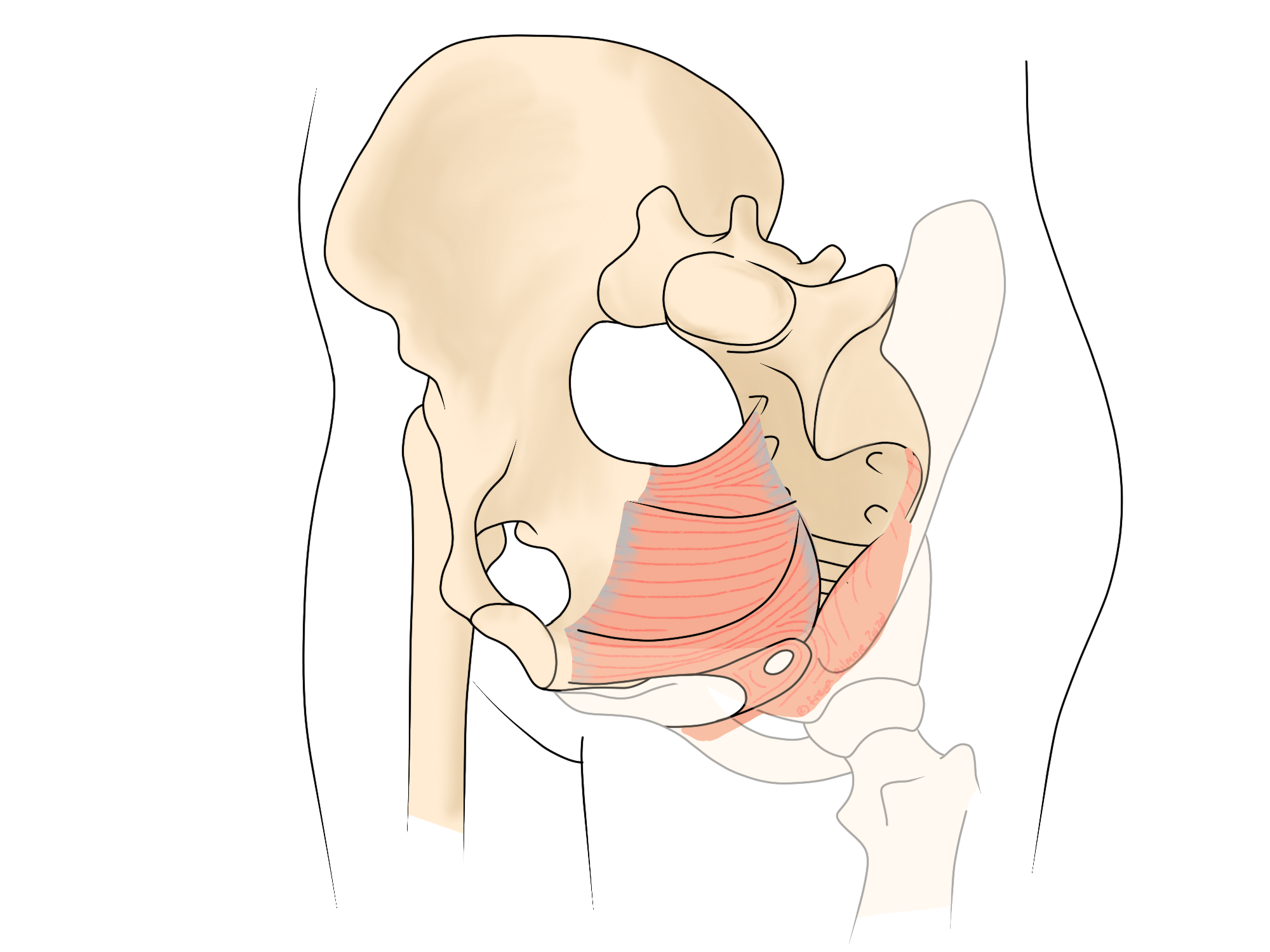Pelvic Floor
The pelvic floor is a sling of muscles at the base of the abdomen. Some people assume that only women have one, but we all do. They do, however, slightly vary between men and women.
Symptoms of Pelvic Floor Dysfunction
Some cases of incontinence, whether urinary or faecal, are strongly influenced by the function of the pelvic floor. This is often the case in women who have given birth, even if the birth was via caesarean. It’s not just birth itself that demands a lot of the pelvic floor, but simply the weight of a growing baby puts constant pressure on the muscles. Trauma, including that of birth, can also play a role. 3rd or 4th degree tears and episiotomies injure the muscles and should be rehabilitated with the support of a professional.
For men and women, generalised pain and urinary urgency can also be symptoms of pelvic floor dysfunction. Sometimes these symptoms only occur during stressful situations, such as while at work. This can be extra frustrating for the patient, as not only do they have a problem that they may find embarrassing, but they wonder if it’s all in their head. Just like some people hold stress in their shoulders and develop headaches as a result, the same can happen in the pelvic floor. The connection with stress does not make it any less real.
Relevance to Osteopathy
Your first port of call in pelvic floor rehabilitation after birth is typically a specialist physiotherapist. Conservative treatments like these are the first line of management.
The pelvic floor muscles play a big role in continence and pelvic organ prolapse, but as they attach to the bones of the pelvis, they can also influence musculoskeletal pain. Pain at the very base of the spine (the coccyx or tailbone) can be directly pulled by tensions in these muscles. This can be very painful, especially if the movement is uneven or causes the bone to be held in an unusual position. It may be a pelvic floor issue that causes this initially, or the muscles may react to an injury or other problem with the coccyx.
Management of Pelvic Floor Issues
At Flitwick Osteopaths we do not perform any internal techniques, but we can still treat the pelvic floor.
Indirect treatment to the joints of the pelvis and hips can have a positive effect on the pelvic floor muscles. Direct or resisted techniques to the muscles of the legs, buttocks, and lower back can also encourage relaxation of the muscles in question. In some cases, there is a relationship between the pelvic floor and diaphragm or abdominal wall. This can be especially true where there is or has been a diastasis recti or caesarean.
Alongside treatment, we can also provide exercises to manage the muscles. Basic pelvic floor exercises should be routine for everyone, but bear in mind that some symptoms can be caused by the muscles being too tight. In this scenario, strengthening is still important as the muscles need to be strong enough to perform what’s required of them. If they are too weak, they will remain tight as they work hard to hold on. However, we also need to be able to relax the muscles. Ensure that you are fully relaxing between contractions, and slow down the exercise if you need to. The NHS Squeezy App can be a good place to start.
Make an appointment for any symptoms mentioned above in Flitwick here.

